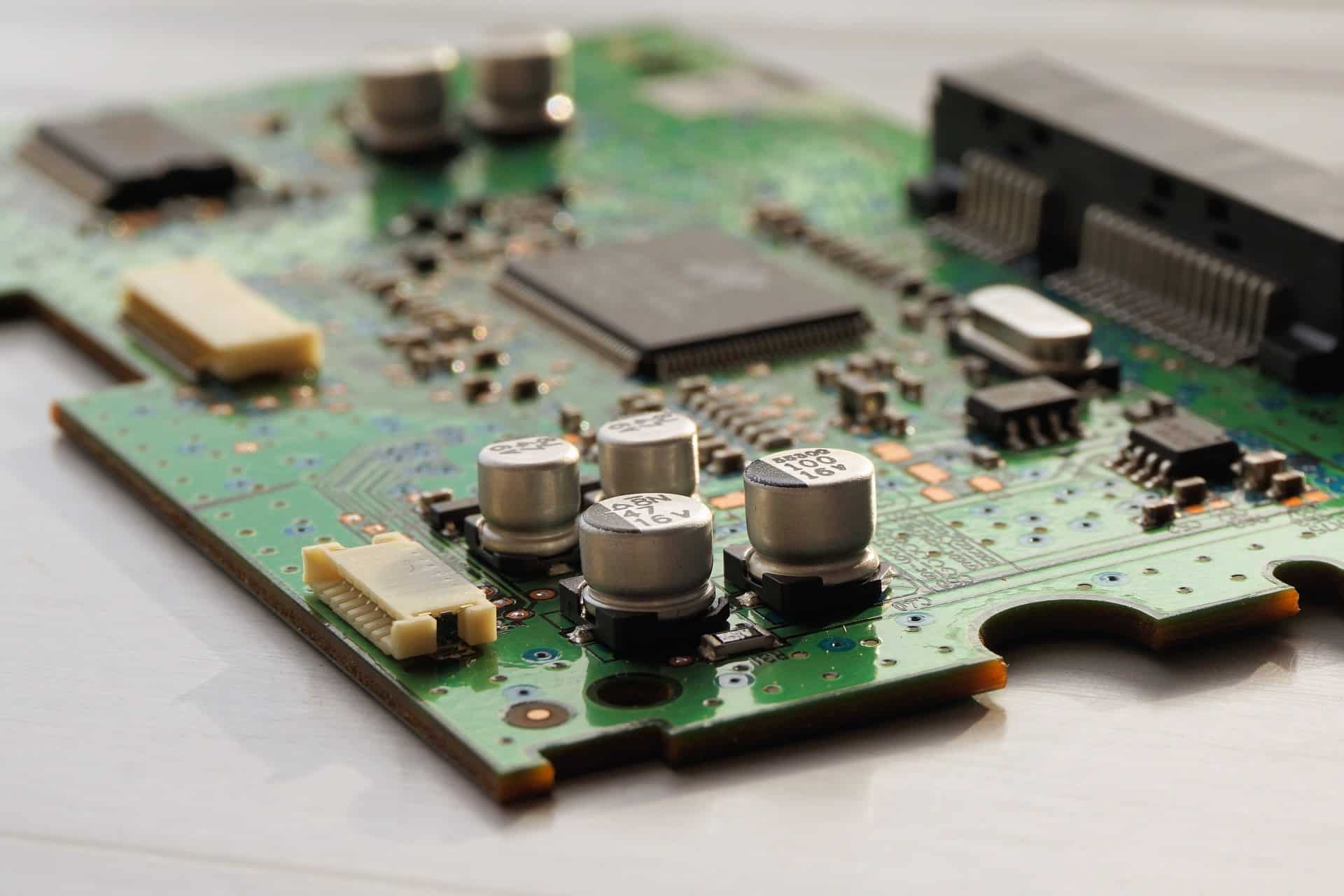One feature, in particular, puts FPGA at the forefront of today’s tech over ASIC
Self-driving automotive tech has gone from sci-fi dream to fast-moving reality in what seems like an overnight advance. But at the core of this growing field is a tiny powerhouse that’s been doing some heavy-lifting for decades.
FPGAs (Field Programmable Gate Arrays) have been around since the mid-1980s. They’ve recently found their way to the forefront of cutting-edge technology, from high wireless data and fintech to IoT.
FPGA vs. ASIC
But if you’re engaged in the IC debate, you’re probably asking: what about the mighty ASIC?
Application Specific Integrated Circuits (ASIC) are small, dense and sleek circuits that many manufacturers use as a low-power, low-cost solution for building technology. (Many have considered the FPGA ASIC’s clunky cousin.) While ASICs are fully customizable, they are not reprogrammable. And that’s the kicker.
FPGAs and ASICs match wits when it comes to logical functions, but field-based modification is what’s given FPGA the lead in today’s tech.
Changing FPGA functionality enables businesses to program arrays as needed. Manufacturers are able to correct mistakes, send patches and issue updates after the product has been released. On the flip side, once ASICs leave the production line, they can’t be altered.
FPGA on-the-go
When it comes to technology that deals in data, security and/or safety, being able to update and upgrade arrays is essential.
Self-driving technology, in particular, benefits from reprogrammability, too, because it’s still relatively new and experimental.
Manufacturers can use FPGA to test self-driving technology, as well as navigation and safety tools, and improve them until they’re ready to go to market — and continue to advance the technologies after products are already in use. Using ASIC would require programming at the vendor level; FPGA allows modifications (and product development) on the go.
To infinity and beyond
With FPGAs powering advances in today’s leading-edge technologies, it’s hard to imagine all of the tech we’ll see putting FPGAs to work. But keep your eye on IoT manufacturers and products embracing AI and using machine learning to build richer experiences. Chances are, FPGA will be under the hood making these products change the world.
What’s your stance on FPGA vs. ASIC? If you’re a design engineer with serious chops behind one IC or the other, I’d love to hear your thoughts and learn more about your work. Get in touch with me at matt@tripleco.com to get started.
